Delve into the film sets and interior design of Maestro with our exclusive video interview
Delve into the captivating story and film sets of Maestro where the complex lifelong bond between American composer and musician Leonard Bernstein and his wife, actress Felicia Montealegre, unfolds. Bradley Cooper, who directed and co-wrote the film, takes on the role of Leonard, while the brilliant Carey Mulligan shines as Felicia. Set against the backdrop of the years 1943 to the mid-1980s, we explore the locations, film sets, and interior design of Maestro with Production Designer Kevin Thompson.
Join us on a journey through the various homes and interiors of the film, as Thompson’s exceptional work together with Set Decorator Rena Deangelo brings these spaces to life. The Bernstein children, Jamie, Alexander, and Nina, generously offered their homes, including their long-standing Connecticut residence and The Dakota apartment, for the film’s creation. Thompson, Cooper, and costume designer Mark Bridges embarked on field trips to Bernstein’s abodes, contributing significantly to the authenticity and preparation of the film sets.
In an exclusive video interview, Film and Furniture’s Paula Benson and Kevin Thompson unravel the intricacies of key film sets, emphasising their role in pivotal moments.
Watch the video and read below to learn the secrets behind the interior design of Maestro.
This in-depth feature and video interview was available for FREE to Classic members until 21 Jan 2024, and is now exclusively available to Front Row and Backstage members
Become a Front Row or Backstage member today to continue reading – Find out more
Already a member? Sign in





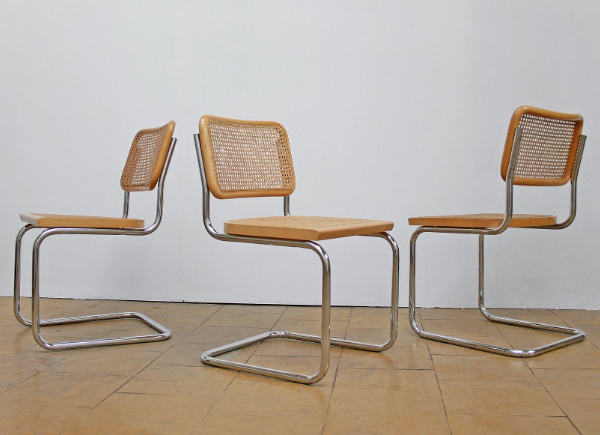
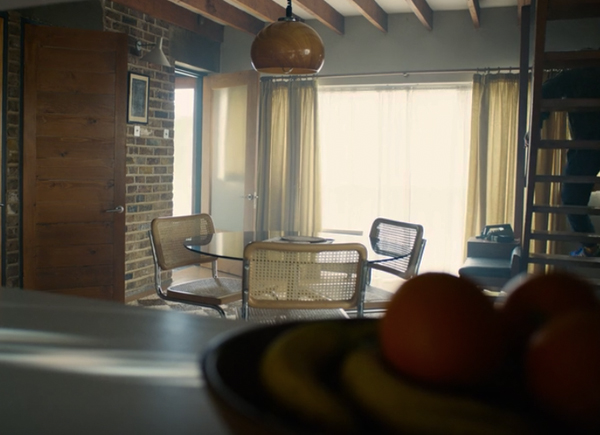
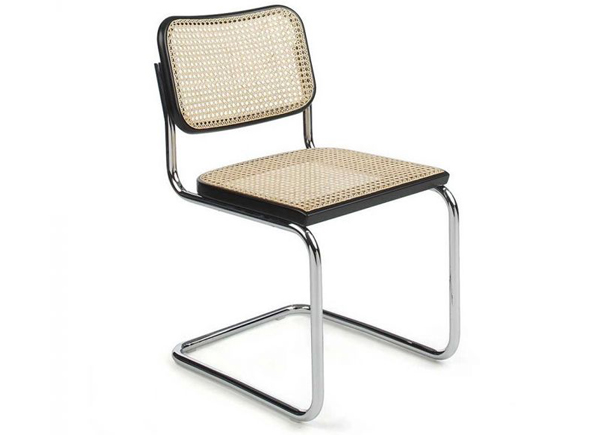
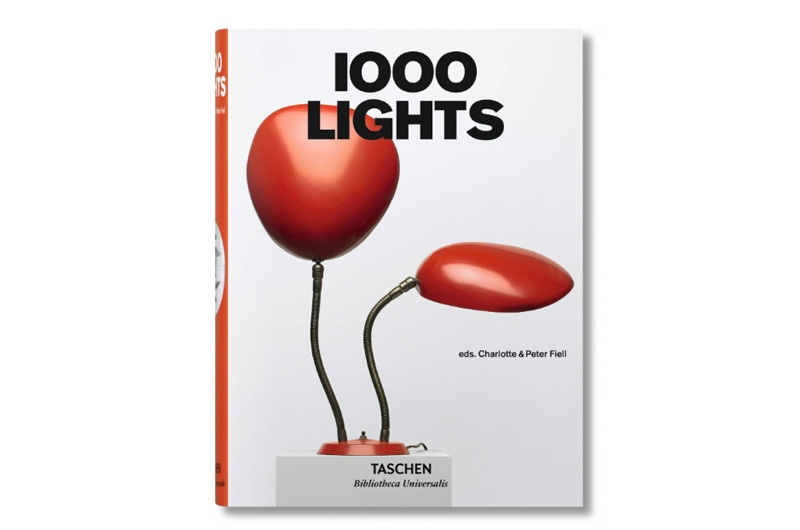

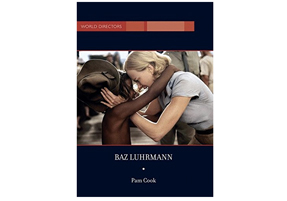
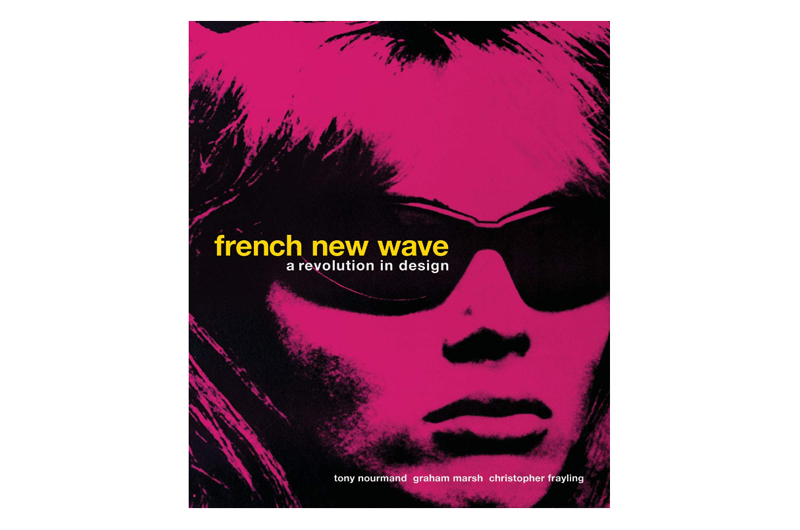
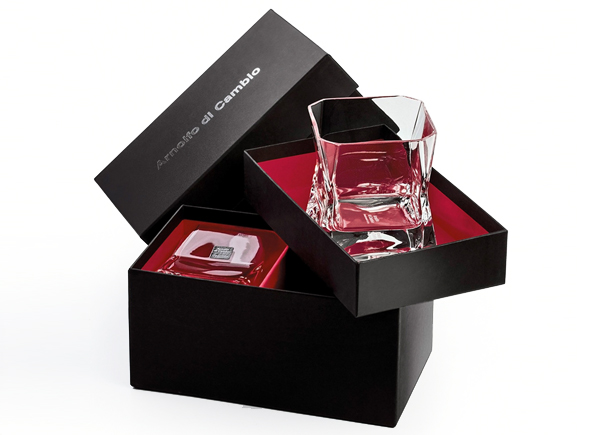
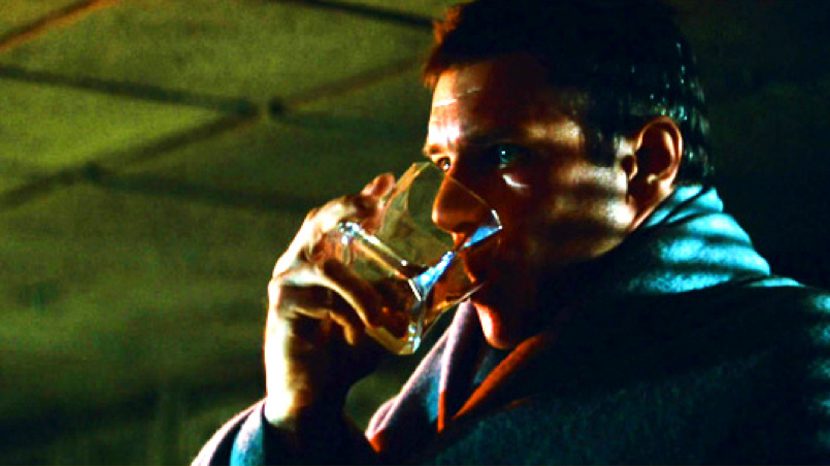
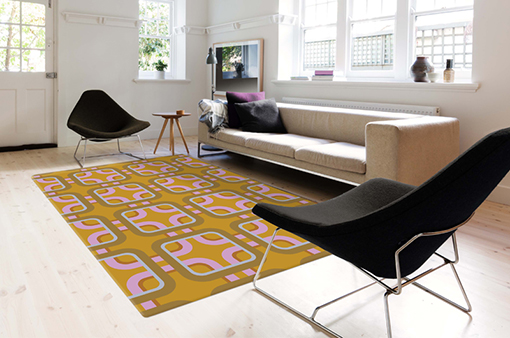
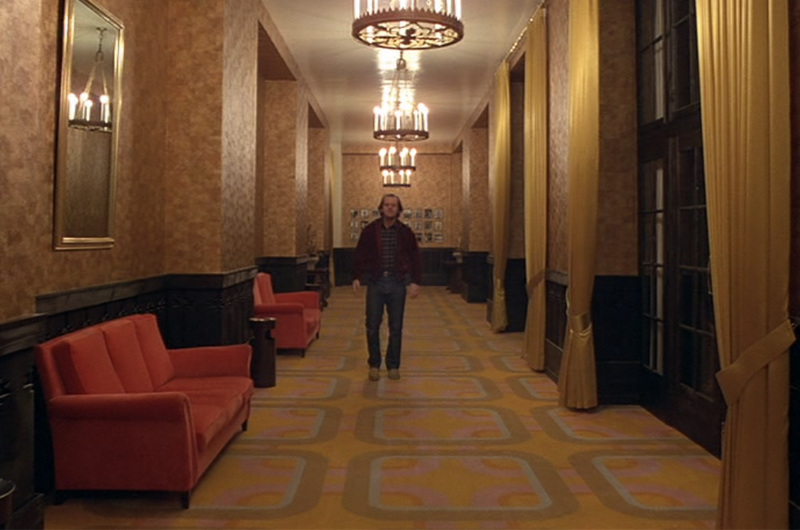
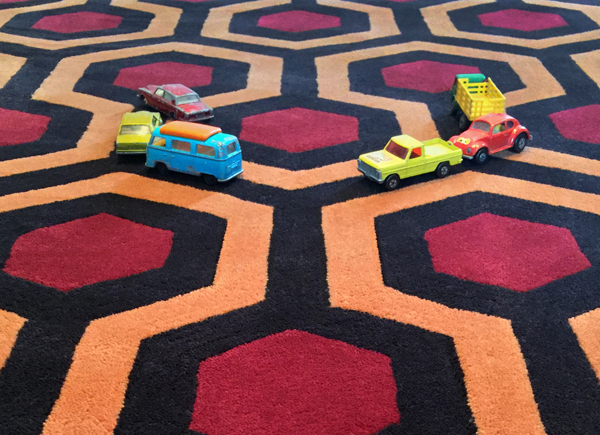
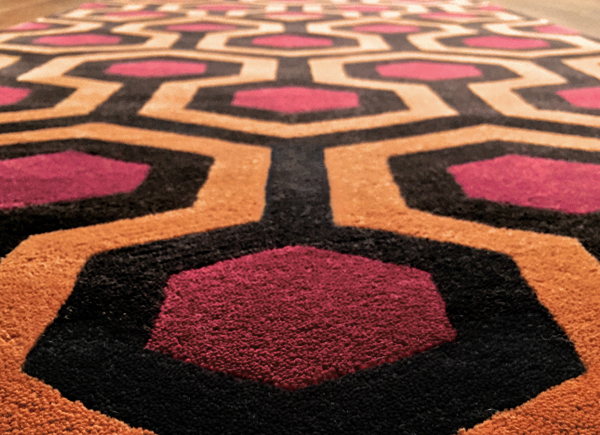

 Facebook
Facebook Twitter
Twitter Instagram
Instagram Pinterest
Pinterest RSS
RSS